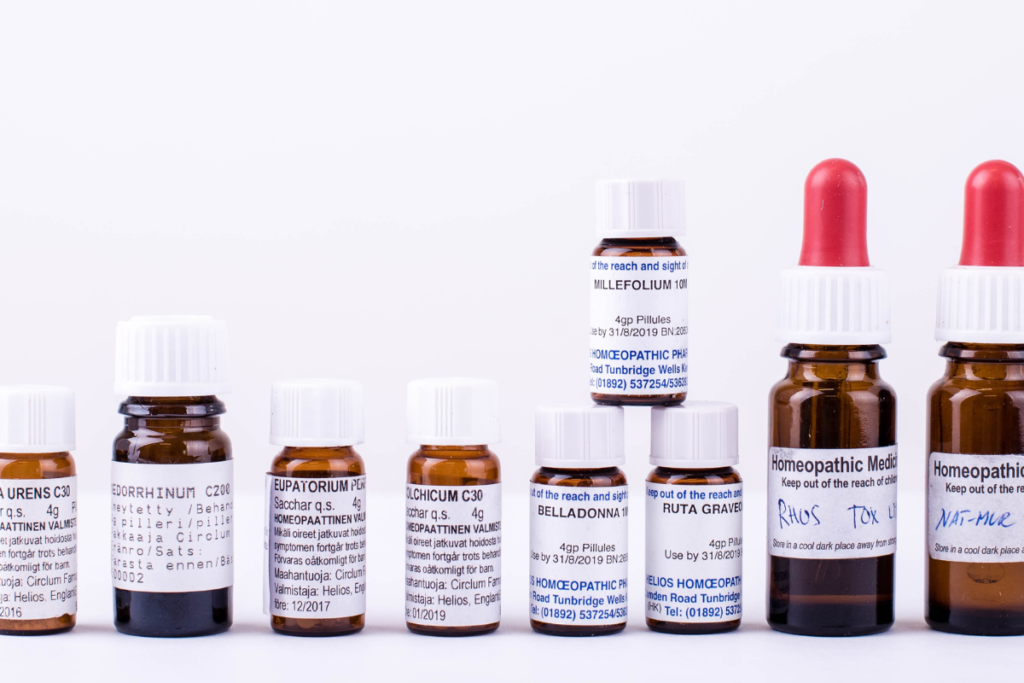
At first, I, like many others, was sceptical about the effectiveness of homeopathic medicine. While I had witnessed impressive outcomes from homeopathic treatments, I questioned whether these results might be attributed to the placebo effect due to a lack of understanding of the underlying mechanisms.
Part of the scepticism arises from our upbringing within the Western medical model, which differs significantly from the homeopathic approach. In homeopathy, we believe in the existence of an energetic vital force within the body, an innate intelligence. Imbalances in this vital force, caused by extreme stress, can lead to dis-ease. However, by realigning this vital force, we can facilitate the body’s natural healing process.
Homeopathy operates on an energetic level, seeking to stimulate the self-healing of organs and bodily functions. In contrast, conventional drugs primarily target the physical level, often neglecting the body’s holistic interconnectedness. It’s challenging to treat symptoms in one area with pharmaceuticals without affecting other parts of the body, leading to extensive lists of drug side effects.
To understand the mechanism of action in homeopathy, consider two fundamental principles:
But how can remedies remain effective when traces of the original substance are no longer present after extensive dilution?
Scientific research has shown that the structure of water molecules changes during the dilution and succussion process, allowing them to mimic the properties of the original substance. It’s crucial to note that the production of homeopathic medicines adheres to strict guidelines in pharmacies. If the dilution and succussion processes are not executed correctly, the remedies become ineffective.
Twelve independent research laboratories across the U.S., France, Italy, Russia, and India have confirmed that homeopathic remedies, when studied under a microscope, contain nanostructures [EFHPAeu, 2019]. Similar studies have explored the concept of water memory.
Professor Luc Montagnier, the French virologist who co-discovered HIV and received the Nobel Prize in 2008, has supported this research by stating, “high dilutions [used in homeopathy] are right. High dilutions of something are not nothing. They are water structures that mimic the original molecules.”
Montagnier’s work may provide insight into how and why homeopathic medicines retain their biological activity despite extreme dilution. His research suggests that biological substances continually diluted with water exhibit specific electromagnetic wave frequencies. However, securing research funding remains challenging due to prevailing scepticism toward homeopathy and alternative therapies.
I hope this clarifies how homeopathy operates. While it can be bewildering initially, experiencing it firsthand can help you understand its principles. The real art lies in finding the correct remedy for your symptoms – stay tuned for more on that! ✨
Copyright © 2025 Paige Cowley
Disclaimer: Materials on the site are intended for general information purposes only. They do not take into account your own personal circumstances. They are not intended to be relied upon and are not a substitute for advice based on your personal circumstances.